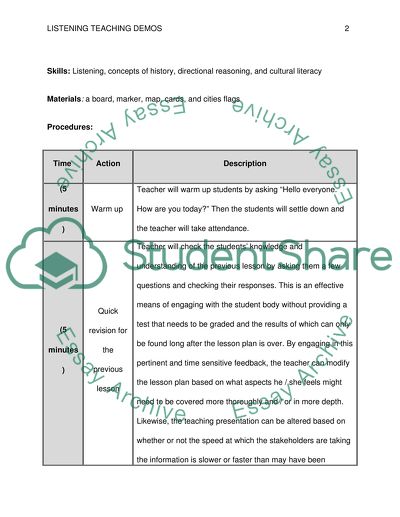Cite this document
(“Listening Teaching Demos for Intermediate Level Essay”, n.d.)
Retrieved de https://studentshare.org/english/1486944-listening-teaching-demos-for-intermediate-level
Retrieved de https://studentshare.org/english/1486944-listening-teaching-demos-for-intermediate-level
(Listening Teaching Demos for Intermediate Level Essay)
https://studentshare.org/english/1486944-listening-teaching-demos-for-intermediate-level.
https://studentshare.org/english/1486944-listening-teaching-demos-for-intermediate-level.
“Listening Teaching Demos for Intermediate Level Essay”, n.d. https://studentshare.org/english/1486944-listening-teaching-demos-for-intermediate-level.


